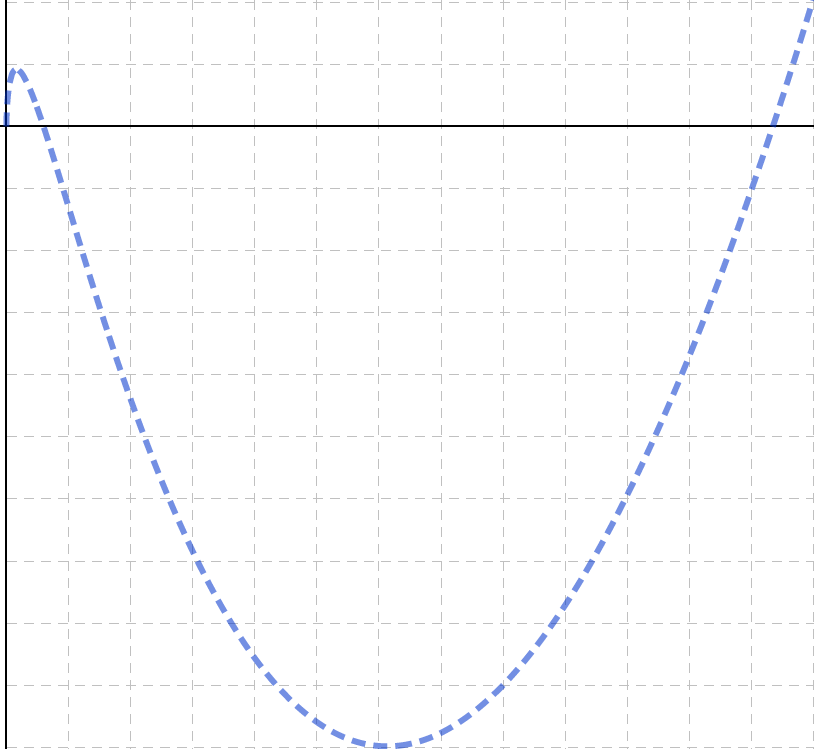This section requires Javascript.
You are seeing this because something didn't load right. We suggest you, (a) try
refreshing the page, (b) enabling javascript if it is disabled on your browser and,
finally, (c)
loading the
non-javascript version of this page
. We're sorry about the hassle.

Note that ∫ 0 1 ln t ln ( 1 − t ) d t = − n = 1 ∑ ∞ n 1 ∫ 0 1 t n ln t d t = n = 1 ∑ ∞ n ( n + 1 ) 2 1 = n = 1 ∑ ∞ ( n 1 − n + 1 1 − ( n + 1 ) 2 1 ) = 1 − n = 2 ∑ ∞ n 2 1 = 2 − 6 1 π 2 and hence F ( a ) = ∫ 0 a ln x ln ( a − x ) d x = a ∫ 0 1 ln ( a t ) ln ( a ( 1 − t ) ) d t = a ∫ 0 1 [ ln a + ln t ] [ ln a + ln ( 1 − t ) ] d t = a [ ( ln a ) 2 + ( ln a ) ∫ 0 1 ln t d t + ( ln a ) ∫ 0 1 ln ( 1 − t ) d t + ∫ 0 1 ln t ln ( 1 − t ) d t ] = a [ ( ln a ) 2 − 2 ln a + 2 − 6 1 π 2 ] which makes F ′ ( a ) = ( ln a ) 2 − 6 1 π 2 and so the turning point of F occurs when a = e 6 π , making the answer 6 .